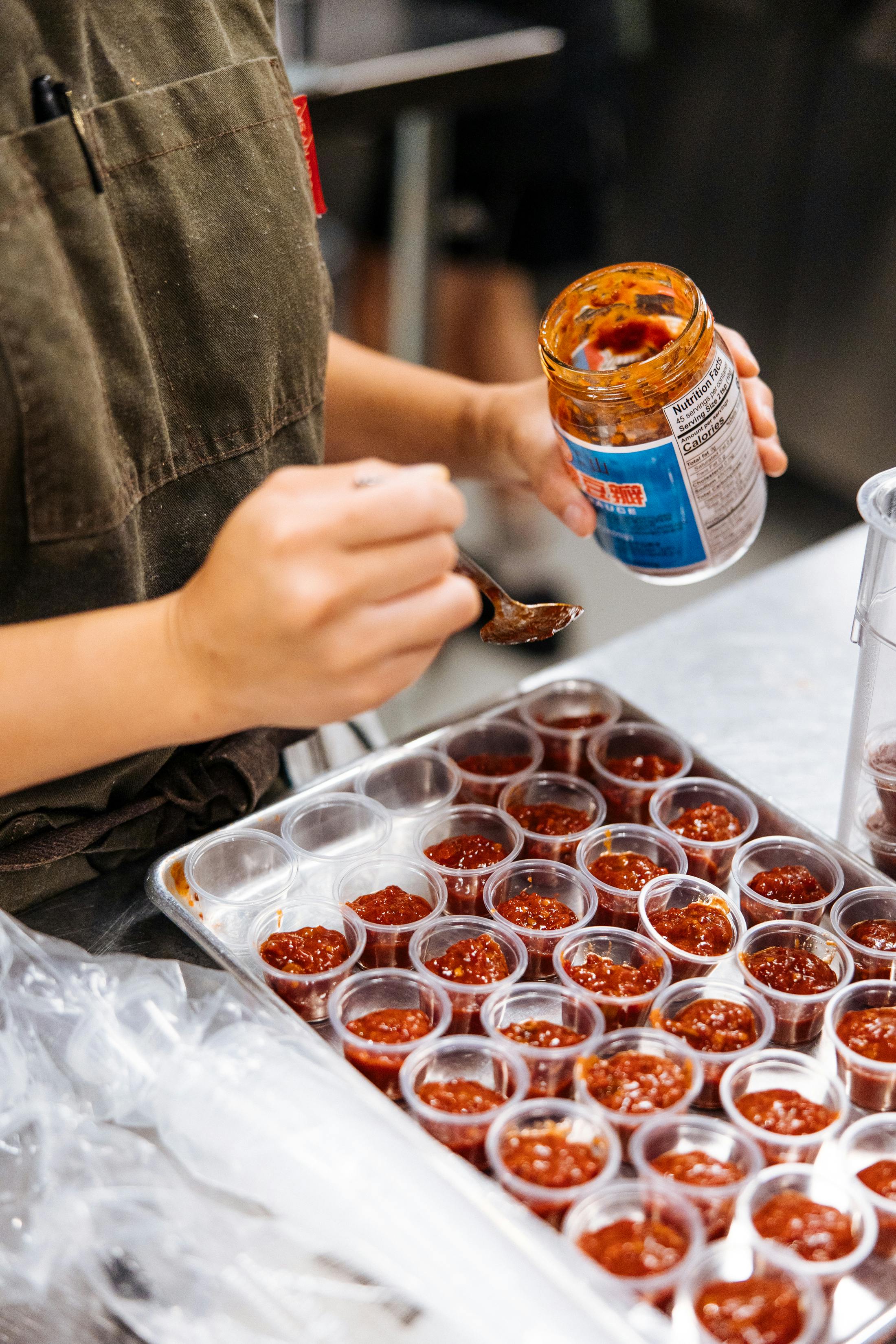“Your diet is a bank account. Good food choices are good investments.” – Bethenny Frankel
A heightened awareness of health and well-being among Australians is driving swift transformations in the food industry. According to a report by IBISWorld, health consciousness is expected to increase by 0.1% in 2023-24, reaching 111.4 index points. Australian consumers aspire to make healthy food choices and are willing to invest in health by paying for the health star rating on front-of-pack nutrition labels, showing that
for today’s Australians, especially the Millennials and Gen Z, healthy eating isn’t just about physical well-being but a lifestyle choice and an expression of personal identity.
In today’s market, consumer preferences take precedence, driving the revolution of the restaurant industry to meet these demands.
Consumers want the brands they support to reflect their values, necessitating awareness of factors like origin stories, sustainability efforts, and corporate ethics before making a purchase. Venturing into a healthy food business goes beyond adding a few soups and salads to your menu; it requires extensive research and strategic planning.
Customers now choose restaurants that offer more than just good food; they are drawn to restaurants that offer a delicate balance of taste, authenticity, health, and transparency.
So, how can you be part of this growing trend? Here are five top tips to guide you.
5 Tips to make your restaurant a preferred choice for health enthusiasts in Australia
1. Be transparent
Transparency is now a crucial factor in restaurant choices, surpassing taste, price, and experience. In a recent analysis, 40% of consumers were willing to pay an AUD 0.15 price premium for the Health Star Rating (HSR) on the front of food packages, underlining their strong desire to understand the composition of their food.
Customers prefer brands that align with their values, seeking out establishments that prioritise fresh and healthy ingredients, operate ethically, contribute to local communities, openly acknowledge any shortcomings, and maintain consistent communication with customers.
2. Offer more plant-based dishes
To adapt to modern trends where more Australians choose healthy diets, restaurant menus should be more plant-forward. Being plant-forward doesn’t necessarily mean being vegan or vegetarian; it means incorporating at least 70% plant-based foods into the diet without eliminating animal products.
Chefs need to be creative, especially in a country where meat-based dishes dominate menus, relegating plants and vegetables to side dishes or small plates. Ensuring organically grown and ethically sourced plant-based ingredients is crucial to meeting customers’ demands for a healthy diet and sustainability.
3. Offer healthy drinks
If a restaurant offers wholesome food but serves drinks loaded with ingredients like sugar, the essence of being a healthy restaurant is lost. Restaurants in Australia can make their beverages healthier by replacing regular juices with cold-pressed options, infusing drinks with herbs, and using little to no sugar.
Fermented drinks like kombucha are gaining popularity. Kombucha, made from fermented yeast, is believed to have health benefits that support gut health. Biodynamic wines, grown without chemical fertilisers and pesticides, and farm-to-shaker cocktails, incorporating locally sourced fresh ingredients, are also becoming popular. This is also an increasing preference for non-alcoholic options as Australians become more health conscious. Offering a diverse range of healthy cocktails can cater to this growing demand.
4. Delivering healthy food to Australian doorsteps
The online food delivery market in Australia is thriving, with a $1.3 billion industry size in 2023. Growing by 1.2% and averaging a 26.6% annual growth rate between 2018 and 2023, this sector reflects Australians’ willingness to spend more on convenience.
Several food businesses are capitalising on this trend by creating delivery-only meal programs. To meet the demands of contemporary Australians, it’s not sufficient for restaurants to only offer healthy meals on their menu. Brands need to establish an efficient online ordering system with a well-structured menu.
5. Allow customisation
While Australians are interested in healthy food, studies show that the definition of healthy varies among individuals. Offering customisation is key, allowing each customer to create a meal with their chosen ingredients. For delivery, personalised home meal kits with pre-measured ingredients can be popular among health-savvy Australians.
Culinary synergy: merging health food trends with Chef Collective Dark Kitchens
As consumer preferences shift towards health-conscious dining, Chef Collective Dark Kitchens offers a turnkey solution for aspiring restaurateurs. With streamlined logistics, cost reductions, access to a broader customer base, scalable opportunities, and advanced technological tools, dark kitchens provide an ideal environment for those venturing into health-focused culinary ventures. Explore Chef Collective’s Dark Kitchens to capitalise on this opportunity, benefiting from accelerated launch processes, reduced upfront expenditures, and quick scalability. These kitchens empower you to focus on perfecting your culinary creations without the challenges of traditional establishments. Embark on your journey to contribute to the flourishing health food trend—schedule a tour with Chef Collective today and witness the potential of Dark Kitchens in shaping the future of food delivery.
